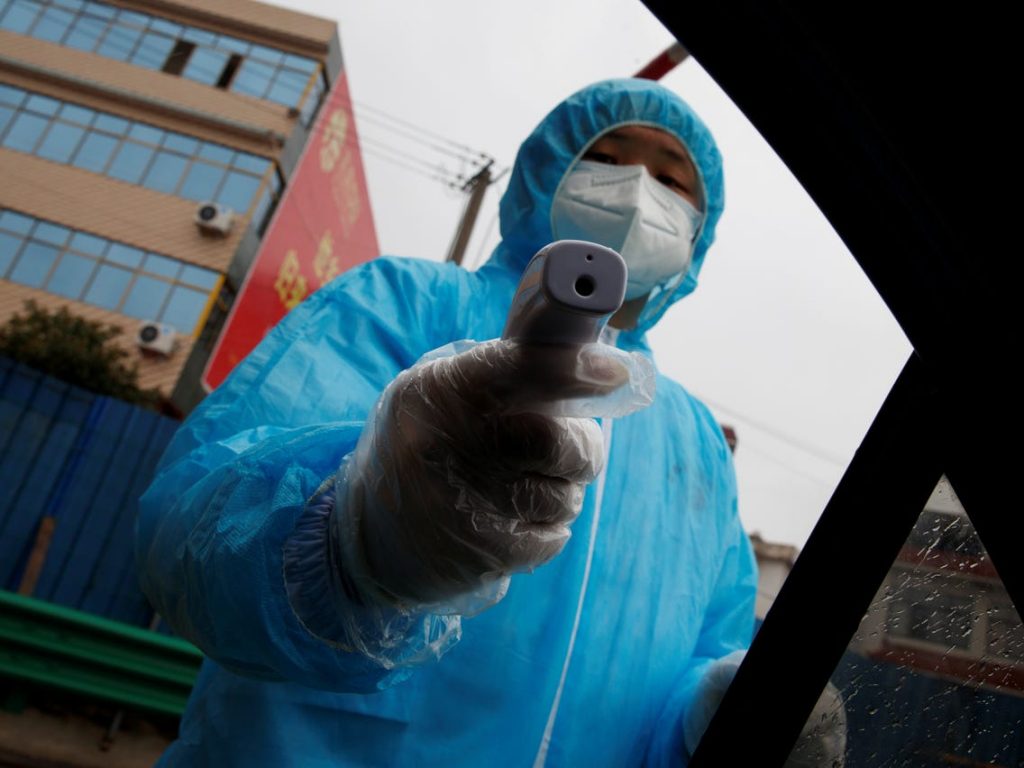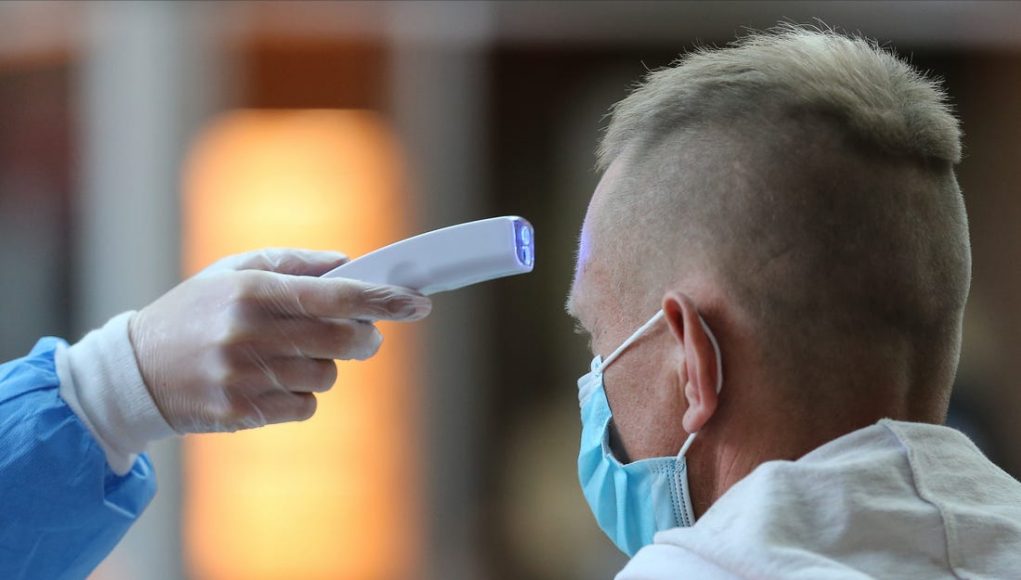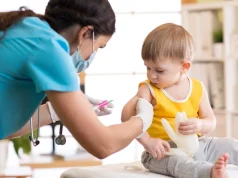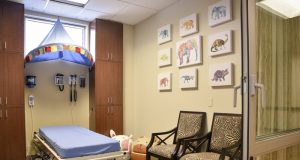There have been outbreaks of diseases throughout human history, but no infection has taken place in an age of big data and high-tech tracking instruments. Technology experts and policymakers have proposed a lot of great ideas to leverage these technologies to help prevent further spread of Corona Virus Disease-19 or commonly known as COVID-19.
A lot of companies recognize the importance of stemming from the disease and re-opening the country, and they think that we need to write off every tool that can offer health benefits to the public. Despite the urgency, people should not give up crucial freedoms and rights unless a proposal is inevitable, inescapable, effective, as well as proportionate.

Everyone is particularly cautious of any technological solutions that divert resources away or interfere with public health solutions with proven effectiveness, or if the risk can exacerbate existing problems that can lead to inequitable health issues. A review of some prominent proposals in the market for some time has suggested that people need to remain vigilant if they give away their liberty but can get less benefits in return. Listed below are just some of the examples.
How did this pandemic start? Visit this site for more information.
Technology-assisted contact tracing
One of the most critical discussions about using modern technology to help people fight the pandemic has revolved around how modern technology devices can elevate contact tracing. One of the most basic and oldest methods for slowing the speed of disease is contact tracing.
It involves tracking the infected individual and their past interaction so that people who may have been exposed to the disease through the infected person can be identified. Proposals to use mobile phone location data are not accurate enough to identify people who had been exposed to infected individuals.
Even if it were effective, the data (most of which is gathered by fraudulent and shady companies that slip tracking software in the user’s mobile devices) are collected through different techniques and is scattered in various companies. Attempts to use this concept have not gone too well.
A more feasible proposal has focused on using mobile devices’ Bluetooth technology to help allow it to detect other mobile devices that come into the proximity and use it to automatically keep track of people who may have been exposed to infected individuals.
For more info about temp detection, check out websites like https://athena-security.com/temperature-detection for more details.
If done right, this type of approach can be very privacy-protective since it does not require collecting sensitive data and stores information locally and in ways that do not identify individuals. This approach gained a lot of attention when Google and Apple announced that they were teaming up to help create this kind of system.
While the world has a lot of doubt and skepticism about whether this method is likely to prove effective and practical, this article has outlined technology principles that people, as well as developers, need to use to assess any similar proposals.
Body temp detection devices
Another modern technology receiving tons of attention is body temperature detection devices, which people have also analyzed in a white paper. Most public health experts see a temp screening as having limited usefulness. A lot of infectious individuals do not have typical symptoms like fever, and this type of technology is sometimes not accurate.
But because of the severity of this pandemic, companies are trying to use all available ways to detect people with infection. Companies are rushing to deploy as many body temperature detection devices as possible to deter the spread of COVID-19.
These devices should only be deployed if public health officials say that it can help stop the virus’s spread. If it is proven that temperature screening can help, safety measures need to be taken to help minimize the disruption, as well as make sure fairness.
The use of remote temp screening must also end after the outbreak ends. At no point, this technology will be deployed after the COVID-19 pandemic is gone.
Drones
One proposed way to deploy thermal scanners is to use drones. Another device is being pushed by a lot of companies, even government officials, to help fight the Corona Virus Disease-19 or COVID-19. Research suggests that putting temperature scanners on drones makes it inaccurate when it comes to fever detection.
Some places use drones in silly ways. These devices are used to look for social distancing violations and shout instructions at people who appear to violate health protocols. The use of drones in the populated area by law enforcement agencies is clear violations of FAA rules and regulations on drones’ usage. There is a big chance that law enforcement agencies will use drones to acclimate the public to surveillance that it is to help slow down the spread of COVID-19.
Remote learning
And lastly, technology has become one of the central figures for educating students during the Corona Virus Disease-19 pandemic – and it has intensified some of the discrimination and privacy issues that modern technology usually brings. Most school districts are distributing computer software that spies the students that they are supposed to help. Companies speak to school districts to require educational technology companies to disable surveillance functions, as well as limit the student’s personal information, gathering only to what is necessary for the product to work.
Check out this site for more info about remote learning.
We also need to call out Congress and local and state governments all over the country to give students equal access to the technology that makes effective remote learning practical and possible. It includes funding to meet the technology needs and broadband access of people and students with low income.
In the time and age when people look to technology and date as the best solution to every problem, the most significant solutions to this current crisis remain pretty low-tech, according to most public health experts: traditional human contact tracing, social distancing, access to health care facilities, widespread testing, water and soap, and ultimately, vaccine or treatment.












